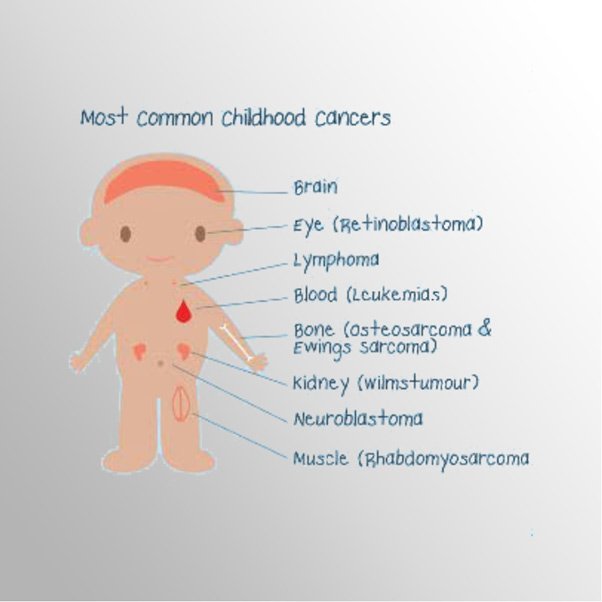There is nothing as upsetting for a parent to see their child ill, and there is nothing as pernicious as childhood cancer that causes children to suffer and fight so soon in life. While many cancers in children may share names with the disease adults also suffer from, in many cases, the childhood cancer is a distinct form. Childhood cancer can affect almost any organ anywhere in the body, however the most common are leukemia, which accounts for 29% of all cancer in children, brain and spinal tumors, which make up 26%, along with a variety of tumors and lymphomas of various kinds.
Although every case is a tragedy, childhood cancer remains relatively uncommon around the world, including in the United States where around 16,000 of those 19 years and under are diagnosed with cancer every year. These rates have been slowly increasing since the 1970’s, although the opposite is true of survivability. In fact, cancer deaths among children have fell by 50% over a similar timescale, with the five-year survival rate now standing at 84% for under 15s, and 85% for those 15-19 years of age. This has a lot to do with treatment advances and clinical trials that have pioneered new and more effective treatments.
We still have little understanding as to why some children develop these childhood cancers, and with so many types, there seems little correlation between patient lifestyles and other factors. However, we do know that early diagnosis is crucial in maintaining those high survivability rates, and here is perhaps the biggest challenge for fighting the disease. It can be difficult to spot cancer early in children, but there are a few symptoms that individually are common with many childhood diseases, but together can be a sign of something much more serious.
To help parents and organizations identify this collective of symptoms, the Pediatric Oncology Resource Center have created an acronym that brings them all together, known as CHILDCANCER, referring to the following symptoms:
- Continued, unexplained weight loss
- Headaches, often with early-morning vomiting
- Increased swelling or persistent pain in bones, joints, back, or legs
- Lump or mass, especially in the abdomen, neck, chest, pelvis, or armpits
- Development of excessive bruising, bleeding, or rash
- Constant infections
- A whitish color behind the pupil
- Nausea that persists or vomiting without nausea
- Constant tiredness or noticeable paleness
- Eye or vision changes that occur suddenly and persist
- Recurrent or persistent fevers of unknown origin
This approach has improved vigilance and has raised awareness of the importance of these symptoms, increasing the chances of early diagnosis for a wide variety of childhood cancers. If you recognize these symptoms in a child, it is important to talk to your family doctor who can then investigate further.
Treatments depend on the age of child and nature of the cancer involved, but can include surgery, radiation therapy, chemotherapy, immunotherapy and in some cases bone marrow transplants. While treatment success rates are high, in situations where the cancer cannot be removed, there are a number of specialized hospice services available to help maintain dignity and life quality as long as possible.

Childhood cancer is a traumatic diagnosis for the patient and their family, however with modern screening, symptom awareness and improved diagnostics powering early identification, as well as new treatments maintaining high levels of survivability, there is every chance the child can go on to lead a full and happy life.